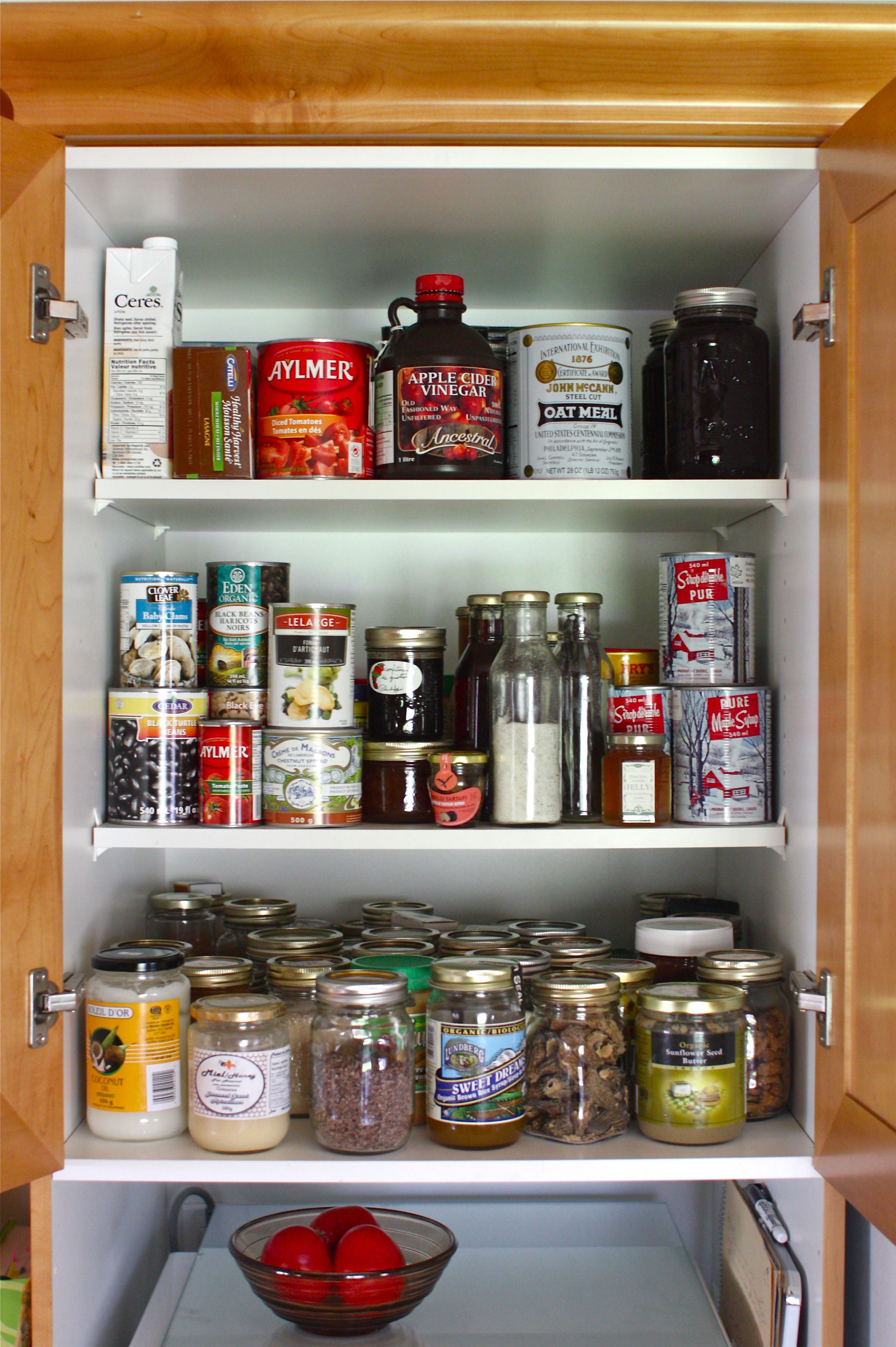This past Sunday, my husband and I competed in a very unique race called a Ride N Tie: two people, one bike - start and finish together by leap-frogging eachother over a 9-mile course. Going into the race, we were unsure of our strategy since we had never done a race like this before. In retrospect, this was one of my favorite races I have ever done. It was SUPER laid-back - no timing chips, very basic race bibs, no finisher medals or food. But, there is something beautiful in getting a bunch of people together that just love to exercise.
Wednesday, April 29, 2015
Wednesday, April 22, 2015
Spring Cleaning the Pantry: A Step-by-Step Tutorial
 Although the cold temps are once again swinging through Chicago area this week, the calendar tells me it is spring. What a great time to spring clean more than just the bedrooms, living room and garage - how about the pantry too? Overwhelmed by the idea and not sure where to start? Follow these steps for a performance-supporting pantry in no time!
Although the cold temps are once again swinging through Chicago area this week, the calendar tells me it is spring. What a great time to spring clean more than just the bedrooms, living room and garage - how about the pantry too? Overwhelmed by the idea and not sure where to start? Follow these steps for a performance-supporting pantry in no time!1. Pull everything out of the pantry
Whether you think the food is healthy or not, remove everything from the pantry and place on an easily-accessible working space such as a large countertop or kitchen table.
2. Divide everything into groups of food
Sample groups might be: crackers, chips, cookies, other snacks, canned fruits, canned vegetables, grains (rice, pasta, etc.), cereal, etc.
Wednesday, April 15, 2015
How-To: Training Your Stomach to Tolerate Fuel During Exercise

Many athletes that walk through my door report difficulty tolerating food or even fluids during workouts. But, fueling during exercise lasting longer than 60 minutes is hugely important to overall performance and body composition goals. So, training the stomach like athletes train muscles needs to happen. The question is, how exactly does one DO that? Well, I'm glad you asked....
1. Start with your easiest workout
By easiest, I mean the workout that is either lowest intensity or during which you seem to tolerate fuel best. It may mean a cycling workout instead of running, a lifting day instead of speed or a long swim day instead of dry land.
Wednesday, April 8, 2015
How to Combat GI Distress in Endurance Athletes
When I was in high school, I often suffered "GI (gastrointestinal) consequences" after hard workouts or races. However, I just assumed that was part of running hard and there was nothing I could do about it. I wish I had known back then what I know now: GI distress is not something you have to grin and bear; GI distress can be avoided and prevented. Whether it is diarrhea, stomach cramping or nausea, these symptoms can be controlled with proper sports nutrition techniques.
1. Hydrate
Poor hydration is the most common cause of GI issues both during and after activity. This is because during activity, the body shunts water to the muscles to fuel exercise, leaving the gut with whatever is leftover. In times of dehydration, what fluid is left is often minimal. Athletes should take in about 2 cups of fluid 2 hours before a workout and 1 cup of fluid 1 hour before a workout. Once the workout has started, drink 8-12 ounces of fluid per hour of workout. This is obviously a huge range that can be perfected with practice and assessment. Not even close to where you should be? Start with small increases of perhaps only 25% more fluid per hour than you are drinking now. Training the gut to absorb more water is possible. Also realize that electrolyte supplementation may be necessary to help the body hold on to water and stay better hydrated overall.
Thursday, April 2, 2015
Great Easter Eats for Athletes
With the celebration of Easter this weekend, many athletes traditionally go to breakfast or brunch. The fantastic thing about this tradition is that many common brunch foods are an excellent source of nutrition for training and recovery. Here are just a few that you should hop over to on Sunday.
1. Salmon
Salmon is a power food, packed with muscle recovering protein as well as inflammation fighting omega-3 fatty acids. All you need is 3-4 ounces (about the size of a checkbook) to get your needed nutrients.
Labels:
fat,
holiday,
inflammation,
meal planning,
Protein,
recovery
Subscribe to:
Comments (Atom)


